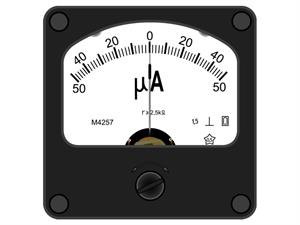
PUMPA - SMART LEARNING
எங்கள் ஆசிரியர்களுடன் 1-ஆன்-1 ஆலோசனை நேரத்தைப் பெறுங்கள். டாப்பர் ஆவதற்கு நாங்கள் பயிற்சி அளிப்போம்
Book Free DemoConventional current:
If a battery is connected across an electric circuit, current flows from the battery's positive terminal to the negative end. This current is said to be conventional current.

Conventional current - Circuit
Electron flow:
Electron flow will be opposite to the flow of conventional current. Electron flows from the negative terminal of the battery to the positive terminal.

Electron flow - Circuit
- Scientists believed that an electric current consisted of moving positive charges from the positive terminal to the negative terminal before discovering electrons.
- This movement of positive charges is called conventional current. After the electrons were found, it was known that electrons flow from the negative terminal to the battery's positive terminal. This movement is known as electron flow.
- Therefore, the direction of conventional current is opposite to the flow of electrons.
Measurement of electric current:
Electric current can be measured using a device called an ammeter. The terminals of an ammeter are marked with + and - signs. An ammeter should always be connected in series in a circuit. Instruments used to measure smaller currents, in the milliampere or microampere range are designated as milli ammeters or micro ammeters.

Ammeter

Micro ammeter